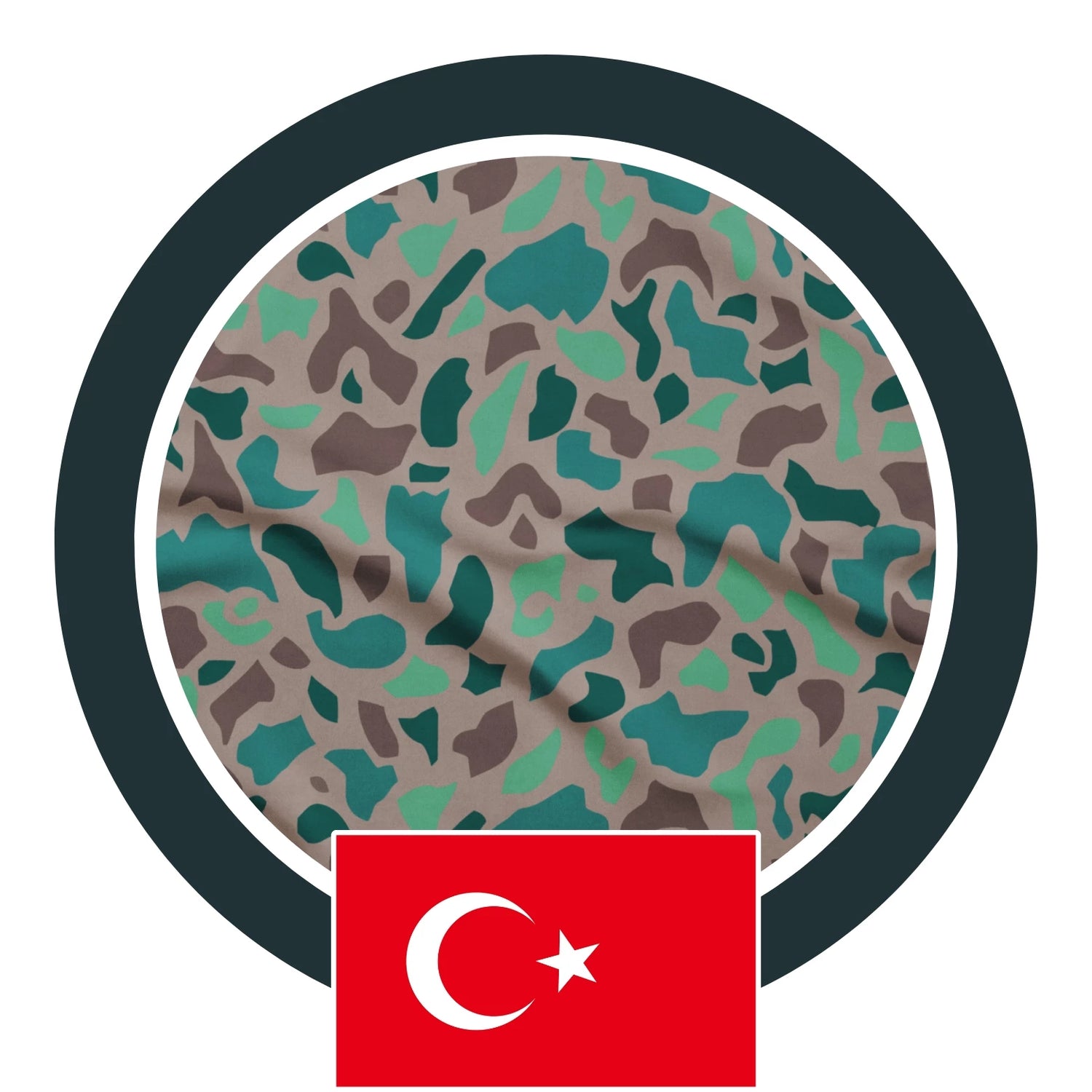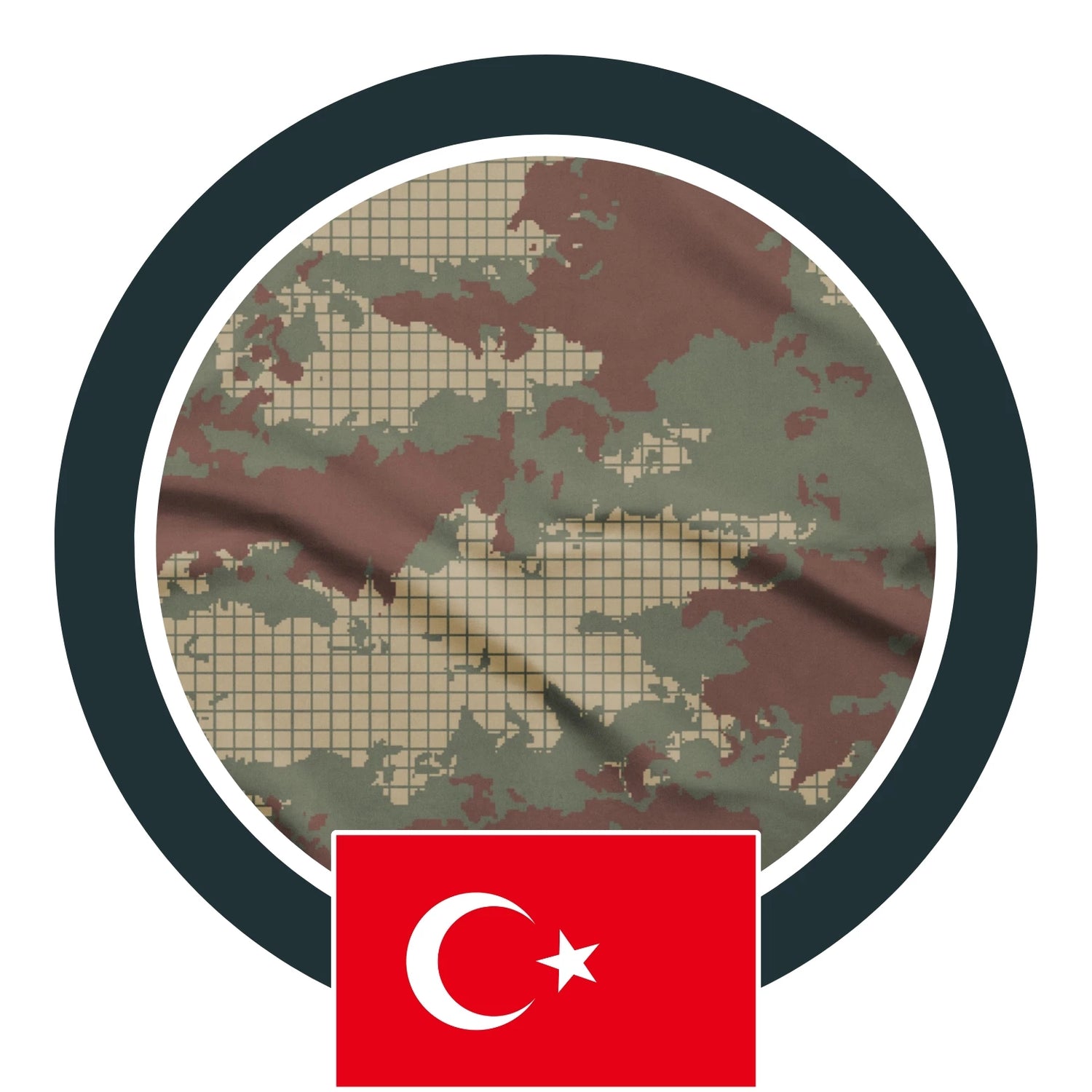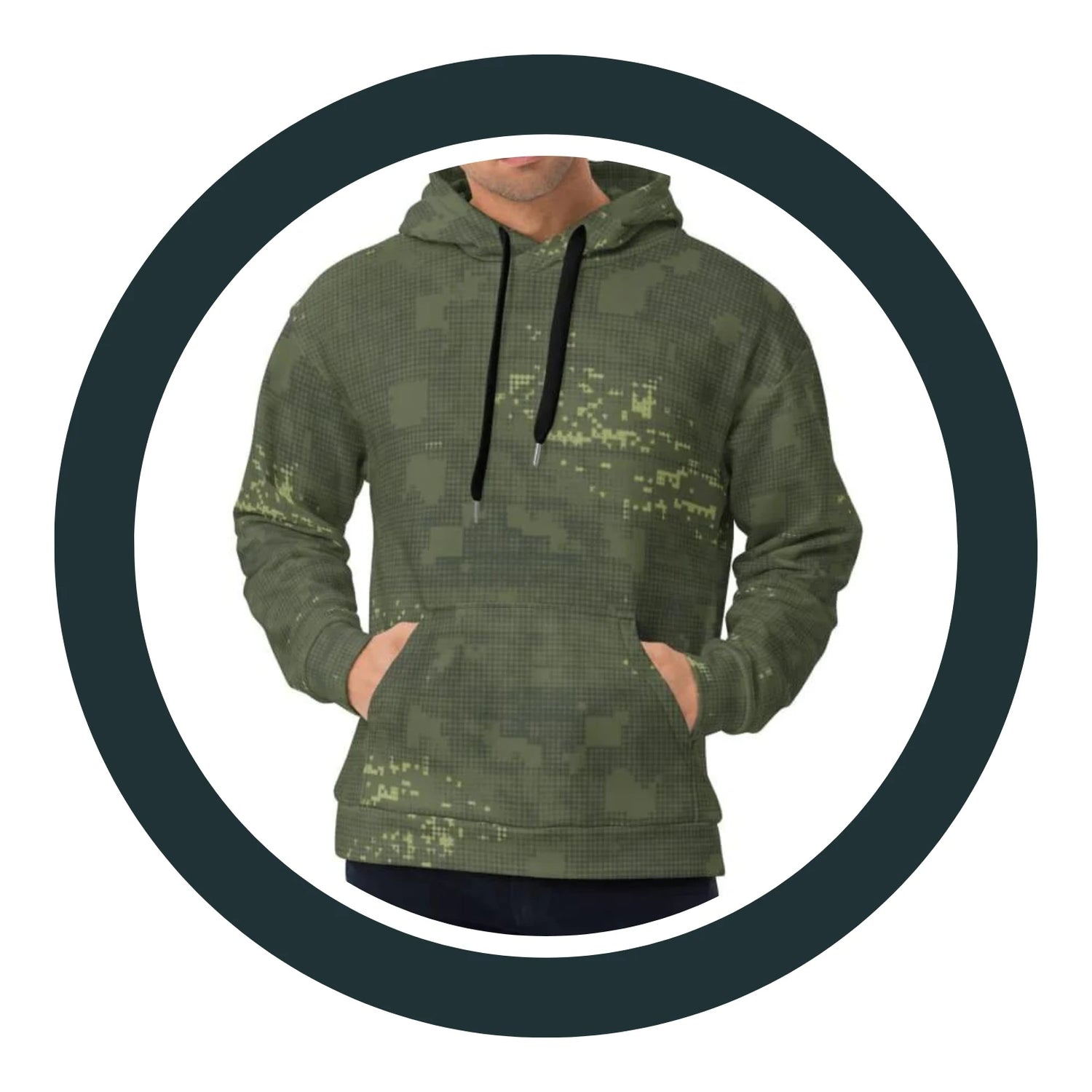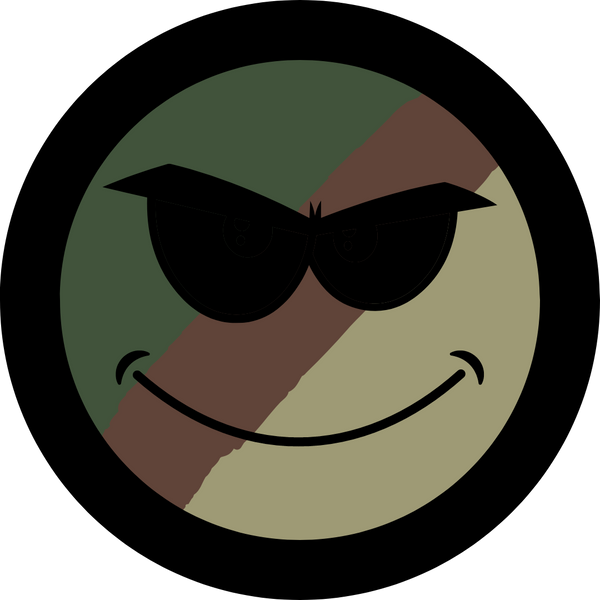Collection: Turkish CAMO Patterns
One of the earliest camouflage patterns is a copy of the USA reversible M1942 spot pattern developed during the Second World War. This reversible design was printed on both sides of a lightweight canvas a shelter half, but privately produced helmet covers and even articles of clothing were also popular. Yet, the Turkish copy is not literal one, employing five colors on either side as opposed to the five/three colors of the US produced original. One version of the green pattern employs spots of mid-brown, pinkish-tan, light olive green & tan on a moss green field, while the reverse side has mid-brown, grey, tan & stone-colored spots on a yellowish-sand field. The printing is oftentimes crude, with dyes leaching through to the opposite side. A second version of the green pattern employs medium green, light grey, pinkish-tan, and sand-colored shapes on a pale green background, with the reverse side having light brown, pinkish-tan, medium pink-brown, and pale pink shapes on a sand-colored background. More versions are known to have existed, probably differentiated by poor quality control in the manufacturing process of the fabric. Some items such as ponchos were almost manufactured with the green spot side that reversed to solid white for personnel deployed in the mountains. This pattern was in use from the 1970s into the 1980s, and possibly later as a helmet cover.
-

Turkish Aegean Spot CAMO
Another Turkish variant of the M1942 spot design dating to the same...
-

Turkish Army M2008 CAMO
Circa 2008, Turkey introduced a brand new camouflage pattern using an arid/desert...



